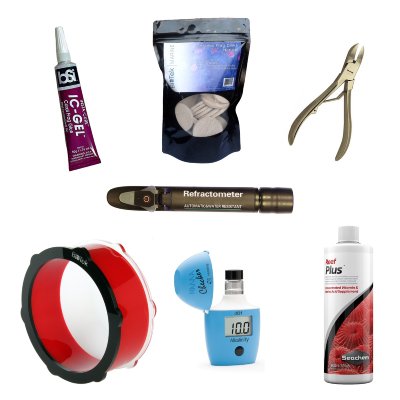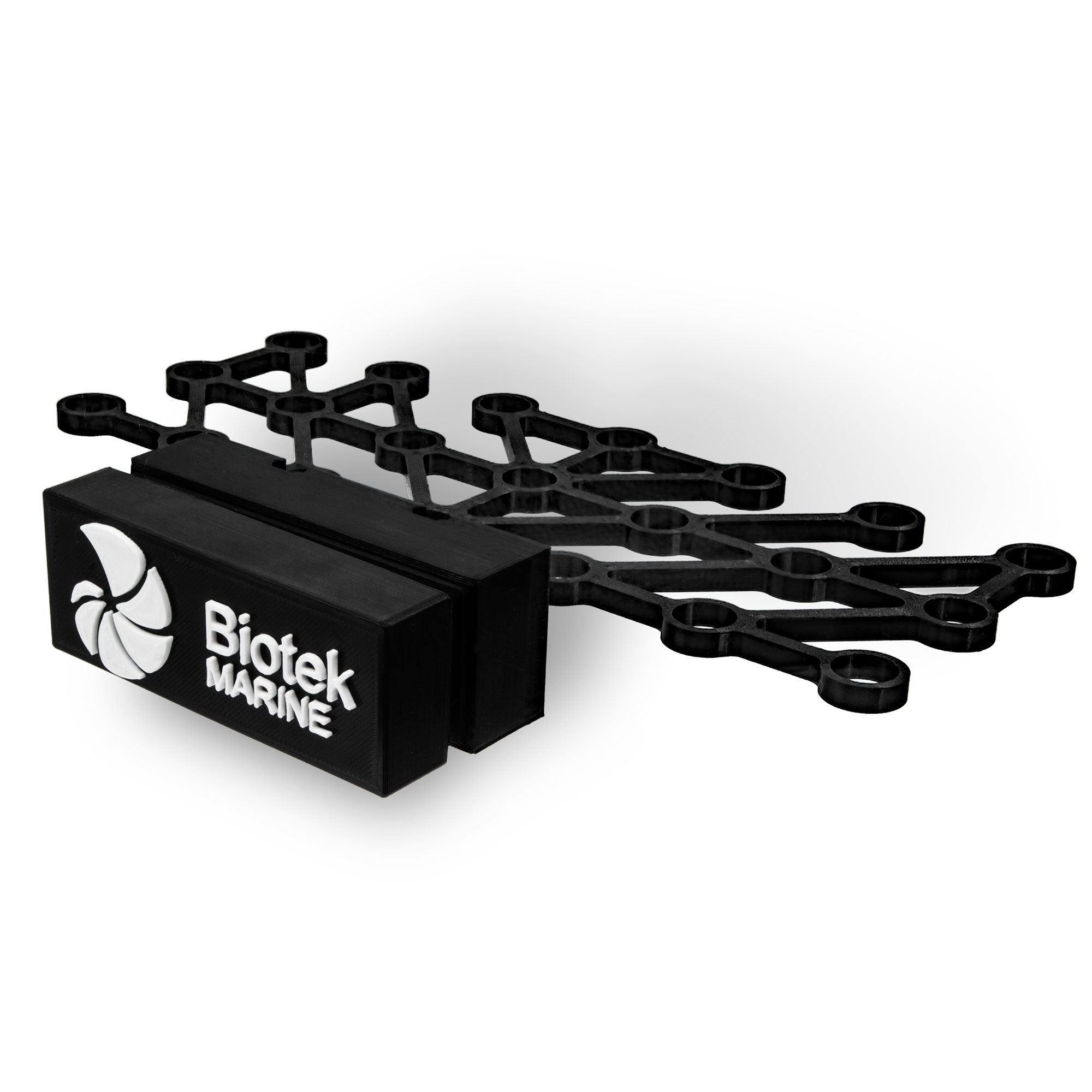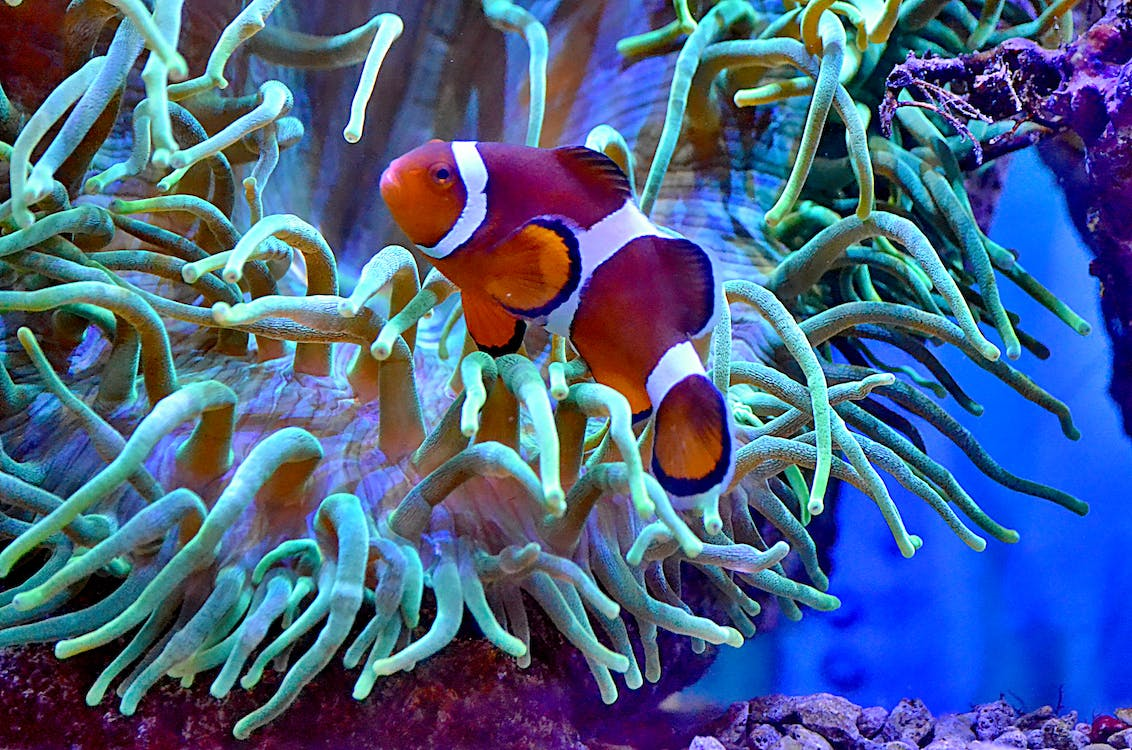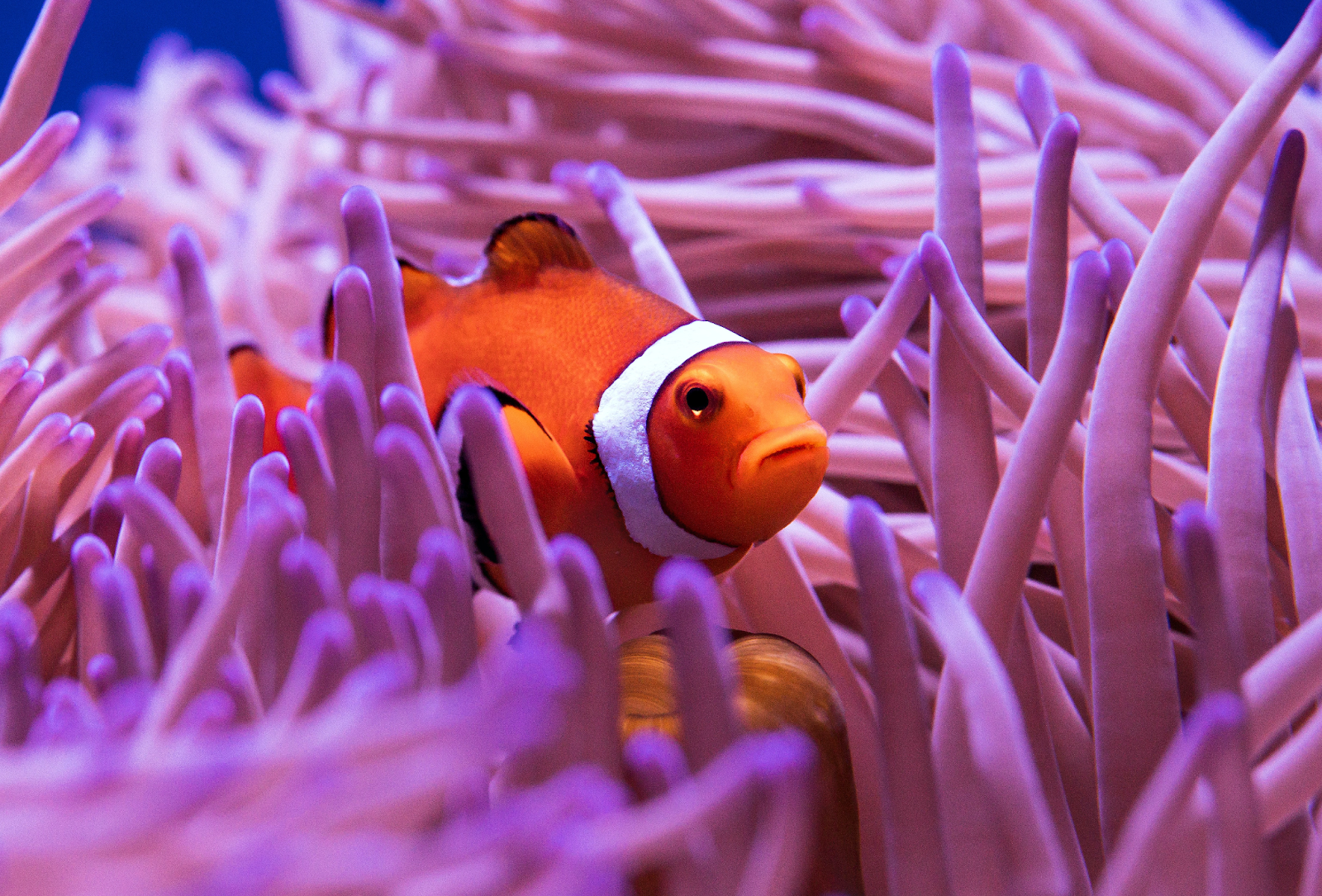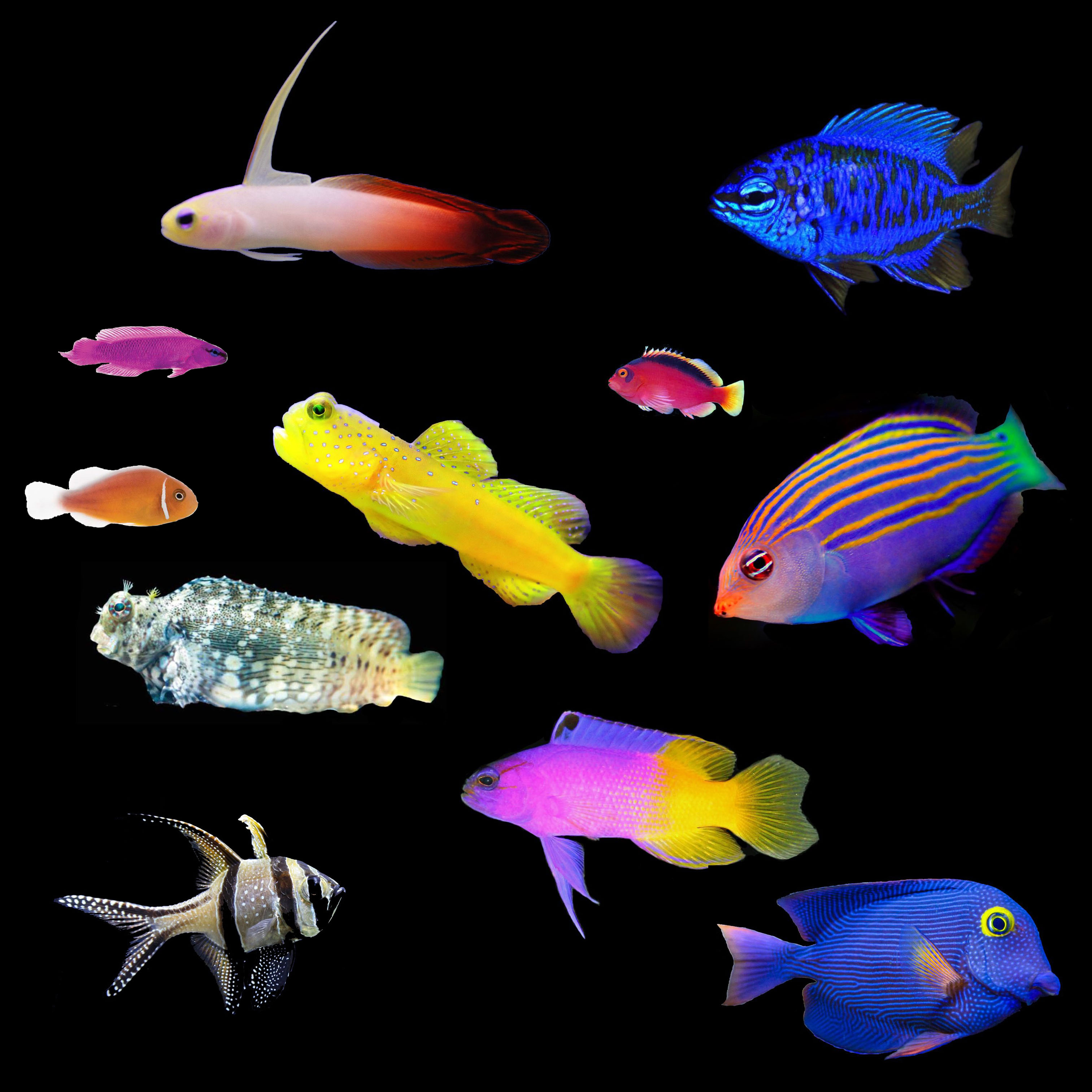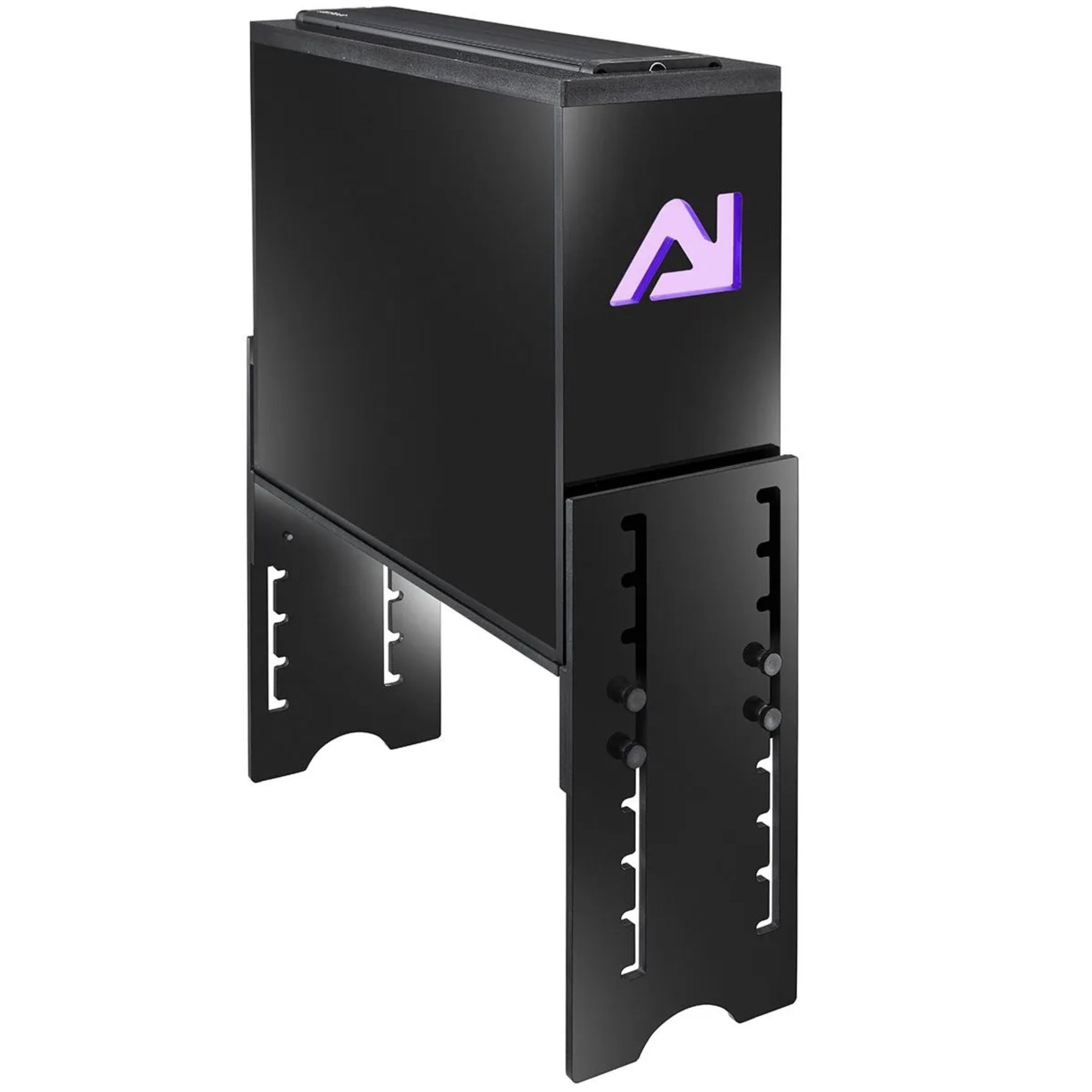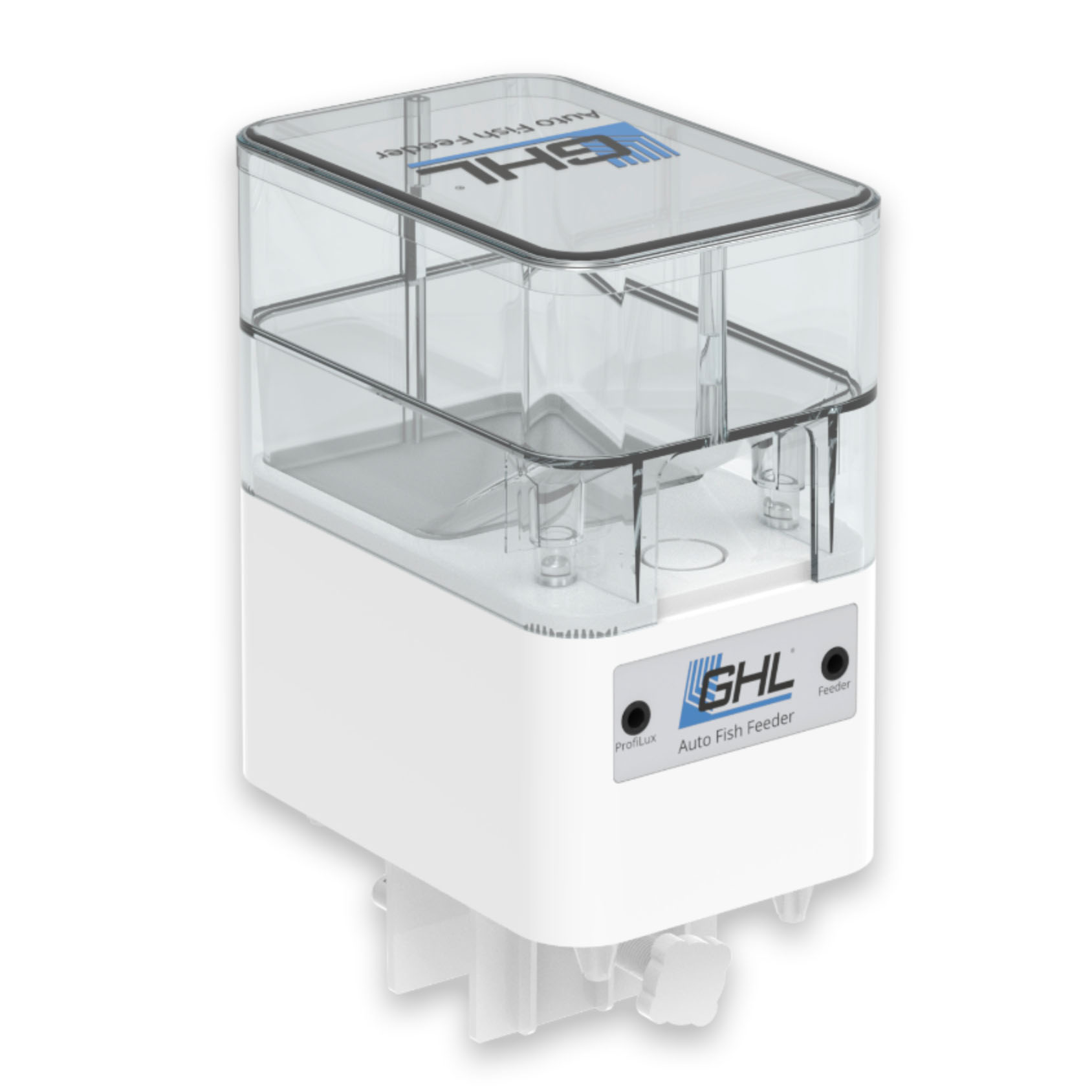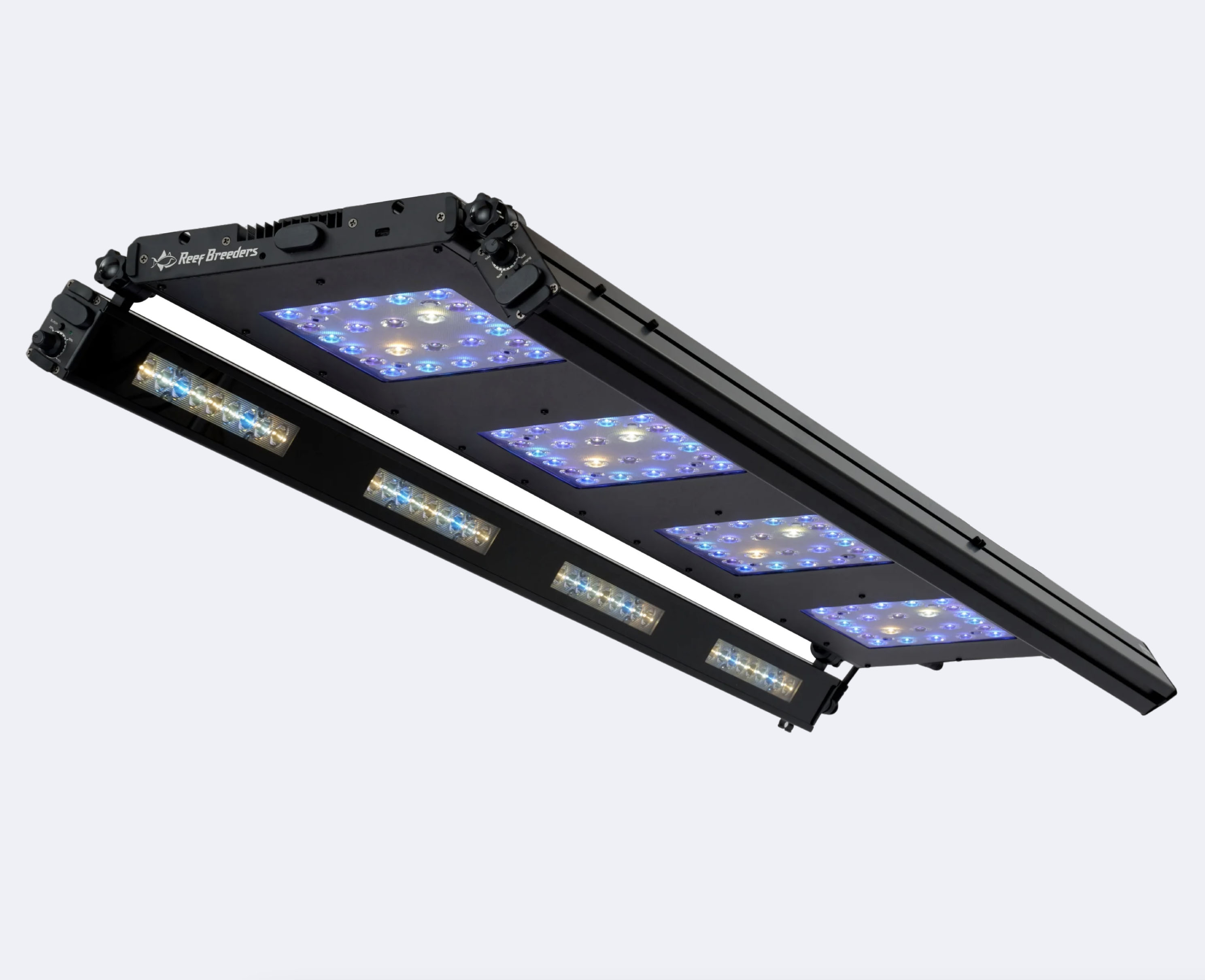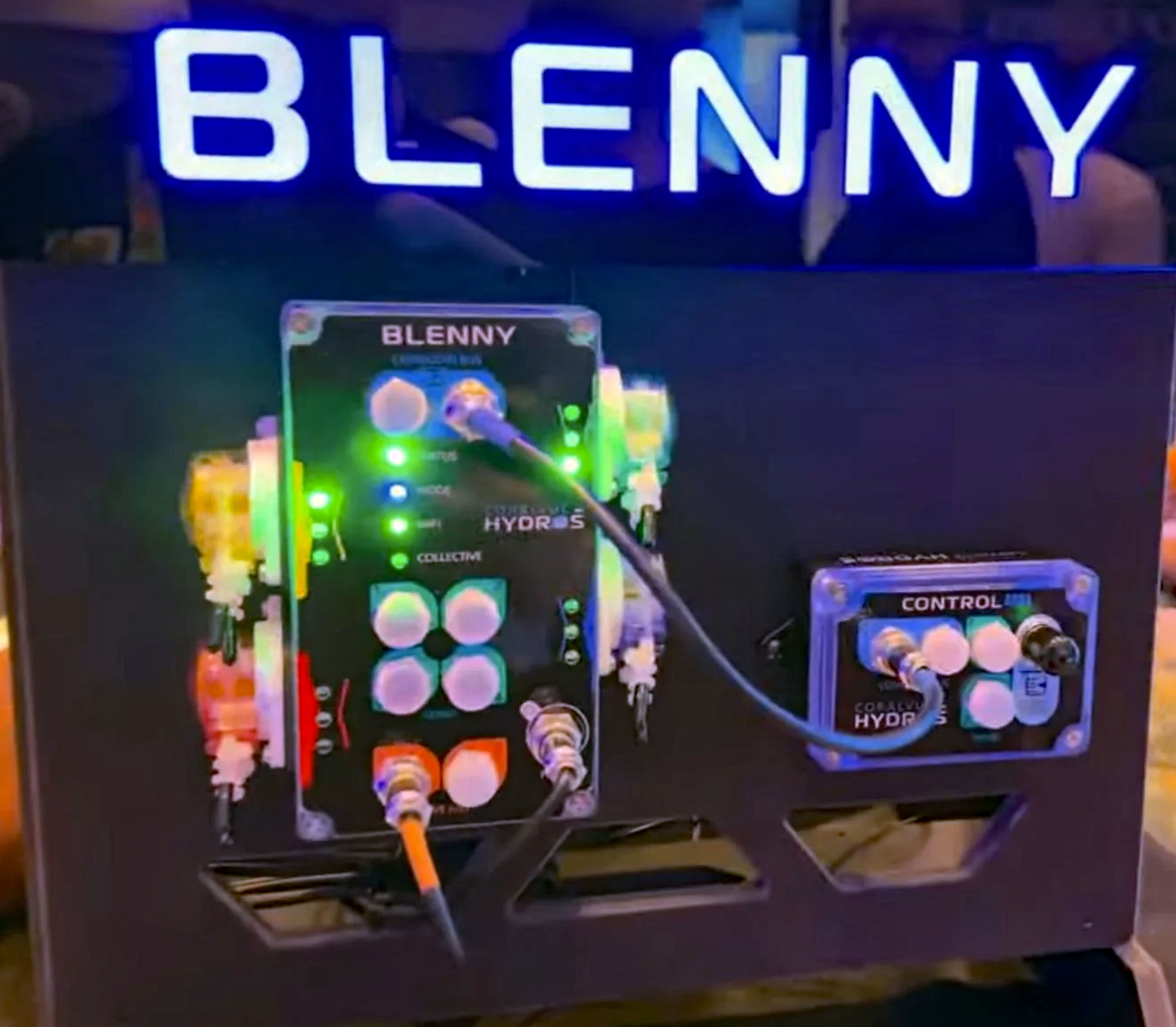We use cookies to make your experience better. To comply with the new e-Privacy directive, we need to ask for your consent to set the cookies. Learn more.
How to Perform Water Changes on Saltwater and Freshwater Aquariums

Regular water changes are vital for maintaining the health of both saltwater and freshwater aquariums. This essential task (for traditional husbandy setups) ensures that your tank remains free of harmful chemicals, excess nutrients, and other pollutants that can jeopardize the well-being of your aquatic life. In this guide, we will cover step-by-step instructions for performing water changes on saltwater and freshwater tanks, and why using RODI (Reverse Osmosis Deionized) water is crucial for saltwater aquariums.
Why Are Water Changes Important?
Water changes help maintain the delicate balance in your aquarium by removing:
- Excess nutrients like nitrates and phosphates that can cause algae blooms and stress or death to fish and invertebrates.
- Organic waste produced by fish, invertebrates, and leftover food.
- Dissolved organics that can accumulate over time and affect water clarity and quality.
By replenishing the tank with fresh, clean water, you ensure that your aquatic environment remains healthy, reducing stress on fish and corals.
How to Do a Water Change on a Saltwater Aquarium
Prepare RODI Water
Using RODI water in saltwater aquariums is crucial because it removes all impurities like chlorine, chloramine, heavy metals, and silicates. Tap water can contain elements that promote unwanted algae growth or harm sensitive marine species. Here's how to prepare your RODI water:
- Run tap water through an RODI filtration system, which ensures the water is pure before mixing it with marine salt.
- Test the water using a TDS (Total Dissolved Solids) meter. The TDS reading should be 0, indicating that the water is free of impurities. TDS meters are often included with better quality RODI system but having a handheld TDS meter available is also not a bad idea.
Mix the Salt
Use high-quality marine salt specifically designed for saltwater aquariums. To prepare the saltwater mix:
- Follow the manufacturer’s instructions on the package to achieve the correct salinity.
- Use a refractometer or digital tester like the Hanna salinity tester or Milwaukee digital refractometer to measure the salinity level. For most saltwater aquariums, the salinity should be between 1.023 and 1.025 specific gravity. Another way to test salinity is with a tilt-arm hydrometer or glass hydrometer. However, we do not recommend tilt-arm hydrometers these due to their lack of accuracy.
- For best results it is recommend letting the saltwater mixture aerate until water is clear and the temperature is the same as the aquarium water. Regardless, follow the salt manufacturer's instructions.
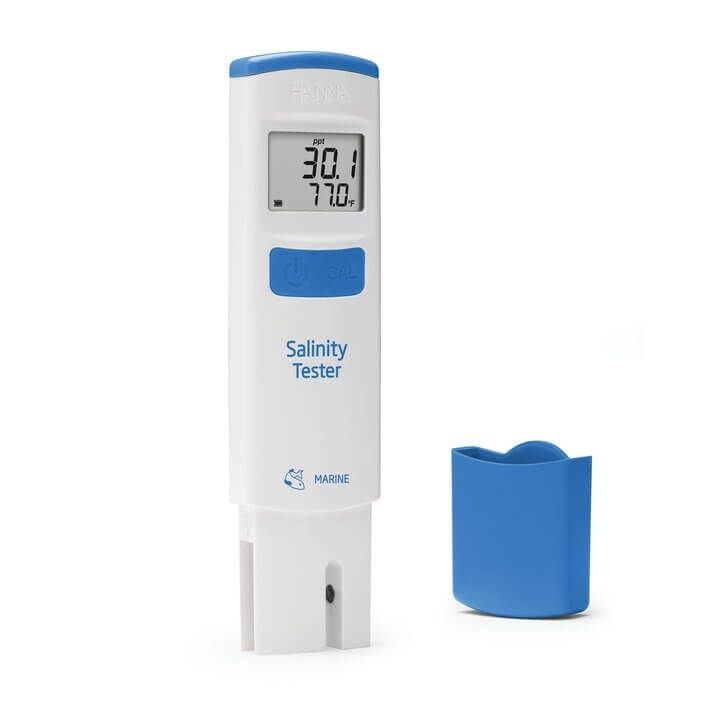
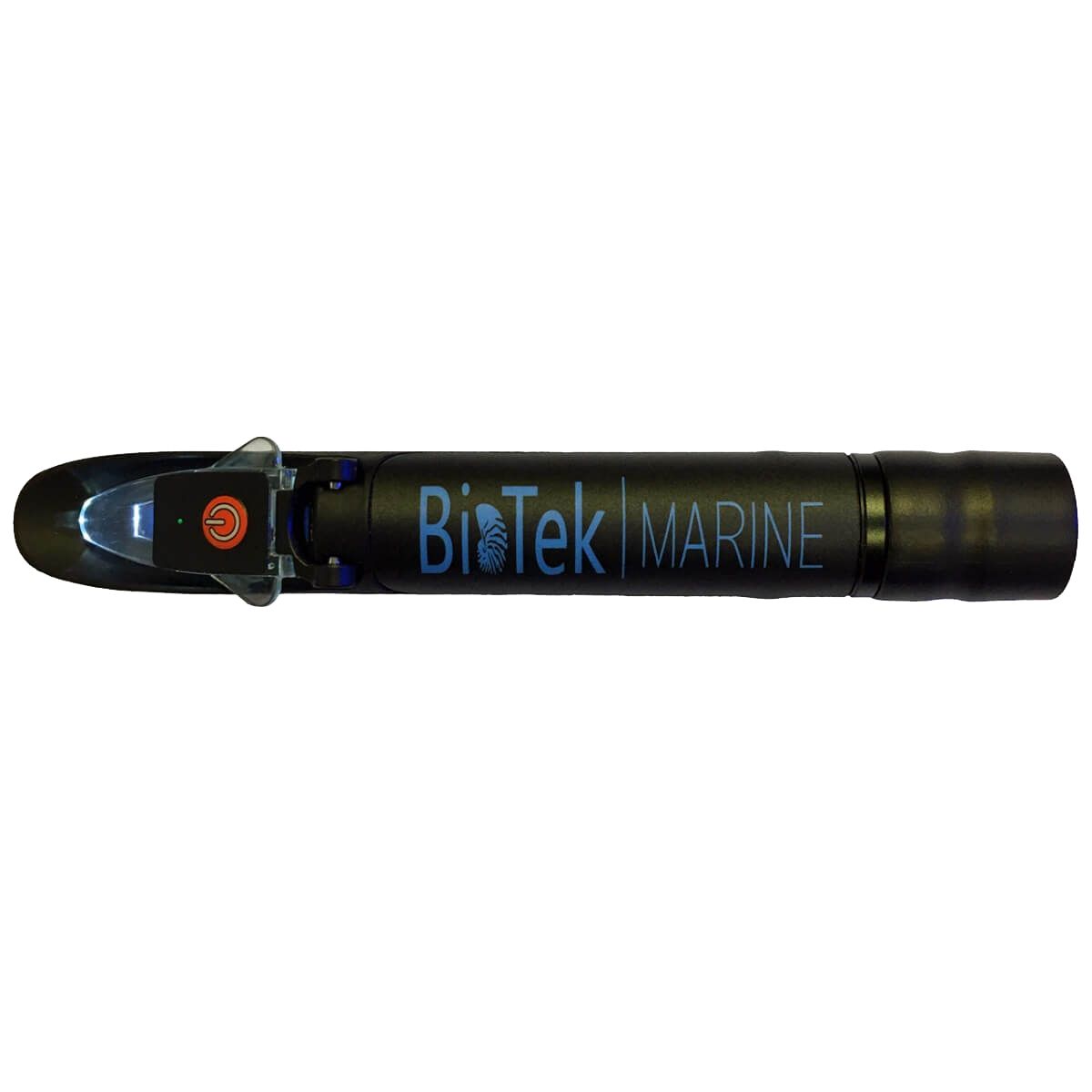
Turn Off Aquarium Equipment
Before starting the water change, turn off the tank’s protein skimmer, powerheads, and heater to prevent damage and ensure safety.
Remove the Old Water
Using a gravel vacuum or siphon hose, remove 10-20% of the water from the tank. Be careful not to disturb corals or displace sand too much, as this can cloud the water. We prefer to change about 10% of the water twice per month. Changing less water per water change can be less stressful to aqurium inhabitants so doing bi-monthy water changes is what we recommend for most aquariums.
Replace with New Saltwater
Gently add the freshly mixed saltwater into the aquarium, avoiding shocking the fish and invertebrates. Adding it slowly helps prevent temperature and salinity swings. Ensure the new water matches the temperature and salinity of the existing tank water to avoid stressing the inhabitants.
Turn Equipment Back On
After the new water has been added, turn on the protein skimmer, powerheads, and heater. Monitor the aquarium for any sudden changes in water parameters like pH or salinity.
How to Do a Water Change on a Freshwater Aquarium
Water changes for freshwater aquariums are generally simpler and do not require as much preparation as saltwater tanks. However, they are equally important for the health of the fish and plants.
Prepare Water
If you are using tap water, treat it with a water conditioner to remove harmful chlorine and chloramines. Some freshwater tanks, such as those with delicate species, might benefit from RODI water if your tap water contains excessive amounts of minerals or other pollutants.
Turn Off Aquarium Equipment
As with saltwater tanks, turn off the filter, heater, and other equipment before starting the water change.
Remove the Old Water
Using a siphon or gravel vacuum, remove 20-25% of the water from the tank. This also allows you to clean debris and waste from the substrate. Be cautious not to remove too much water at once, as this can disrupt the biological balance of the tank.
Replace with Freshwater
Slowly add the dechlorinated water back into the tank. Make sure it is at the same temperature as the tank water to prevent thermal shock to your fish.
Turn Equipment Back On
Once the water change is complete, turn on the equipment, and check for any sudden fluctuations in water parameters like pH and temperature.
Why You Should Use RODI Water for Saltwater Aquariums
RODI water is essential for saltwater aquariums because it provides the purest possible water source, free of contaminants and minerals. Here’s why it matters:
Prevents Algae Growth
Impurities in tap water, such as phosphates and silicates, promote nuisance algae growth. Algae can quickly overrun a reef tank, smothering corals and leading to poor water quality.
Protects Sensitive Marine Life
Saltwater aquariums, especially reef tanks, house delicate species like corals, invertebrates, and marine fish that are highly sensitive to pollutants. Using RODI water ensures that none of the harmful substances found in untreated tap water enter the tank, safeguarding your marine ecosystem.
Ensures Stability in Water Parameters
RODI water has no dissolved solids, meaning that it won’t introduce any unwanted chemicals that could alter your water parameters, such as pH, alkalinity, or calcium levels. Stability in these parameters is critical for the health of a reef tank.
Supports Coral Growth
For reef aquariums, using RODI water supports the growth of corals by maintaining optimal water chemistry. Corals thrive in water with low levels of dissolved solids, and RODI water is the best option to create a clean foundation for your salt mix.
Regular water changes are a fundamental part of aquarium maintenance, helping to remove waste, control nutrient levels, and ensure a stable environment for fish and corals. While freshwater water changes are relatively straightforward, saltwater tanks require more preparation, particularly when using RODI water to protect sensitive marine life.
Using the right tools and following proper procedures will ensure that your aquarium remains healthy and beautiful for years to come. For saltwater aquariums, RODI water is non-negotiable, providing the purest foundation for creating a thriving marine ecosystem.
By performing regular water changes and using high-quality water sources like RODI, you ensure the health of your aquatic life, creating a thriving and sustainable aquarium environment.
In the next article we will discuss how it is possible to eliminate aquarium water changes for saltwater reef aquariums for years on end. This method goes contrary to traditional aquarium husbandry however the no-water-change method is possible for aquarists that prefer this alternative method to reef keeping.




